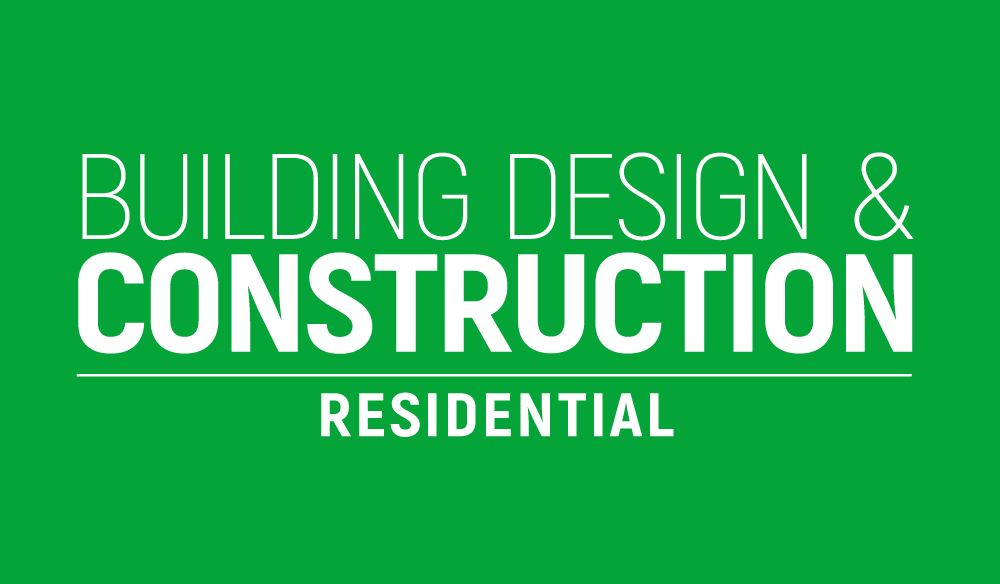Over the last 15 years, the stock of private rented residential property has grown faster than owner occupied homes, as the rental market has gone from strength to strength. A fifth of the UK population now lives in private rental accommodation – that’s 4.7 million households and twice the proportion of renters compared to 20 years ago, according to recent statistics.
Whereas getting the best from your property investment once meant double digit capital growth, now rental yield has become a significant measure of ROI. And whether you’re a seasoned property investor or a first-time landlord, charging the right amount of rent to give you the best return on your asset can be tough in a crowded, highly competitive market.
So, what can you do to make sure your property performs? The trick is to think like a commercial operator, by defining where the greatest demand for your ‘product’ lies, then giving your ‘customers’ exactly what they need. When it comes to achieving the best rental rate for your buy-to-let flat or house, here are some key steps you should take to stay one step ahead of the competition.
Who is your target tenant?
Finding the right tenant for your rental property is fundamental for business success. It’s not simply a case of finding just anyone who can pay the rent on time. If you have a clear idea of who your ideal tenant would be – low/high income tenants, young professionals, families, students etc – it gives you a much better chance to present the property to attract the target market and maximise the return on your investment.
There’s no point styling your executive flat to suit a family if the property and the location are ideally suited for the young professional commuter market, and vice versa. Young professionals are often favoured on account of their independence and financial security, while renting to families tends to be a longer-term arrangement requiring less property management time on the part of the landlord.
Paying close attention to the market will enable you to zoom in on the people with the highest level of demand for your property, and who are willing and able to pay top rents.
Maintaining your property
Unlike traditional financial investments, a physical asset such as a property needs looking after, and this is one of the landlord’s key responsibilities. Your tenants may or may not be interested in carrying out minor DIY jobs, and if they report a problem to you, it’s important that you investigate and take swift action to stop any minor niggles from turning into major building problems. From a loose door handle to a cold radiator, a faulty microwave or a damp patch on the ceiling, it’s never a good idea to let things slide.
When you are between tenants and have unencumbered access, use the opportunity to check the property over to make sure it’s in tip top condition for the next contract. Schedule in a professional deep-clean, including window, carpet and oven cleaning, and bear in mind that you can charge tenants for an end-of-tenancy clean if the property has been left in a particularly poor condition.
Now is also an excellent time to carry out additional maintenance or refurbishment jobs such as replacing tatty carpets, repainting walls and woodwork or getting the chimney swept.
Looking after outdoor spaces
If your rental property is a house with a garden, patio or conservatory, your tenants are more likely to be families or high income tenants who appreciate the extra space along with a few home comforts. Don’t make the cardinal mistake of focusing all your upkeep efforts on the inside of the house – the garden is what sets your property apart from the competition and justifies a premium rent!
Traditional UPVC conservatories are prone to deterioration with age; they become brittle and the seals become less pliable, which can lead to leaks. You should have them professionally cleaned and serviced every three years or so, as recommended by Fargil, the UK’s leading conservatory valeting company.
Decking, garden steps and patio paving can all get wet over time and present a slip hazard. An annual going over with a pressure washer is an effective way to remove the build up of moss and algae. If you have a hot tub or swimming pool, it goes without saying that these should be professionally maintained.
Energy efficiency
Since April 2018, the Energy Efficiency Certificate (EPC) is a key part of a landlord’s legal energy efficiency obligations – all rented properties must have one. The EPC rating goes from A (most efficient) to G (least efficient) and can be a big selling point for tenants. If you can show that your BTL property is going to help tenants keep their heating bills down, they will be more inclined to pay a premium price.
The Certificate also has a ‘recommendations’ section to suggest improvements that could substantially improve the building’s rating. Low energy lighting, cavity wall insulation and loft insulation fall under ‘lower cost’ recommendations typically budgeted at less than £500 to implement, while higher cost suggestions include boiler replacements. Interestingly, many of the lowest cost measures are actually the most efficient and beneficial for the property, and well worth considering.
Consider home improvements
If you are planning non-essential home improvement projects such as major renovations or structural work, it’s advisable to assess the likely costs and benefits and scrutinise the numbers to make sure it’s really worth doing. How much downtime is involved where the property won’t be generating income? Will your target tenants appreciate the improved amenity? How long will it take to recoup the investment?
If you do want to make improvements, the kitchen and bathrooms should be your first port of call – and this applies whether you’re hoping to attract quality tenants or purchasers. Install a new kitchen with build-in appliances including a dishwasher, and replace the bathroom with a white, modern suite and a decent shower unit. This is where real value can be added to your rental property, allowing you to keep the rent high or even justify an increase.





